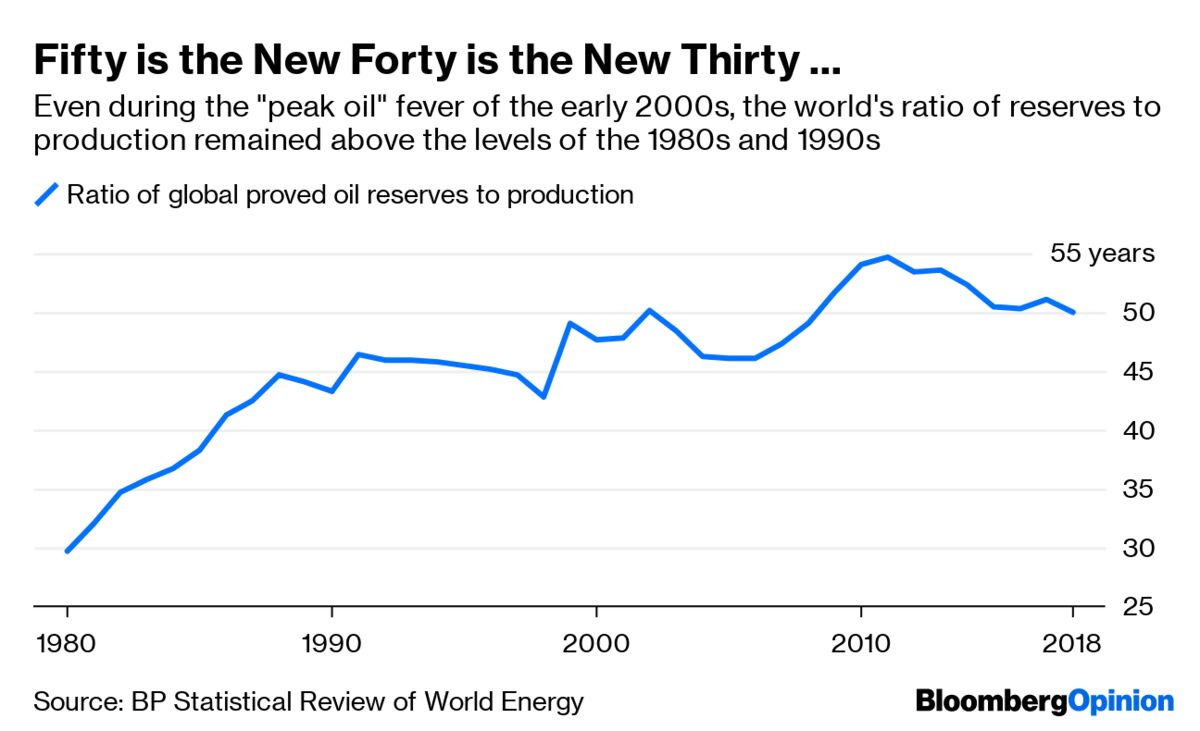Spaceman Spiff
Well-known member
- Joined
- Apr 5, 2014
- Messages
- 2,650
- Reaction score
- 655
Links?. . .
This easily fell under the monopoly, consipiracy anti-trust and a few other laws.
They got busted, found guilty. Nobody went to jail, and they were fined a couple hundred thousand IIRC . . .
After the WWII people wanted cars so automakers supplied them, it was consumer driven. There wasn't a big conspiracy.
My grandmother, at 62, had to walk 5 blocks to get to a bus stop, in St. Paul, Mn., in the winter. She would then have to carry a weeks worth of groceries those 5 blocks home on slippery sidewalks. My dad, in a car, could pick her up at her door, drop her off at the door of the grocery store, and carry her and her groceries back to her house in comfort and safety. These kinds of reasons are why public transit lost out.
Even people in places where public transit is efficient and convenient will chose private travel when they are given the choice, especially in these COVID times.
I rode a school bus 20 miles to school; it sucked. I bought a car as soon as I could drive (my choice, no conspiracy)










































































